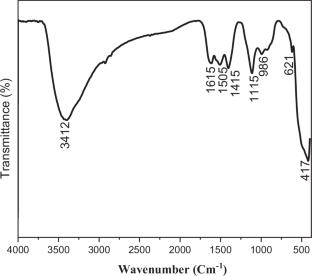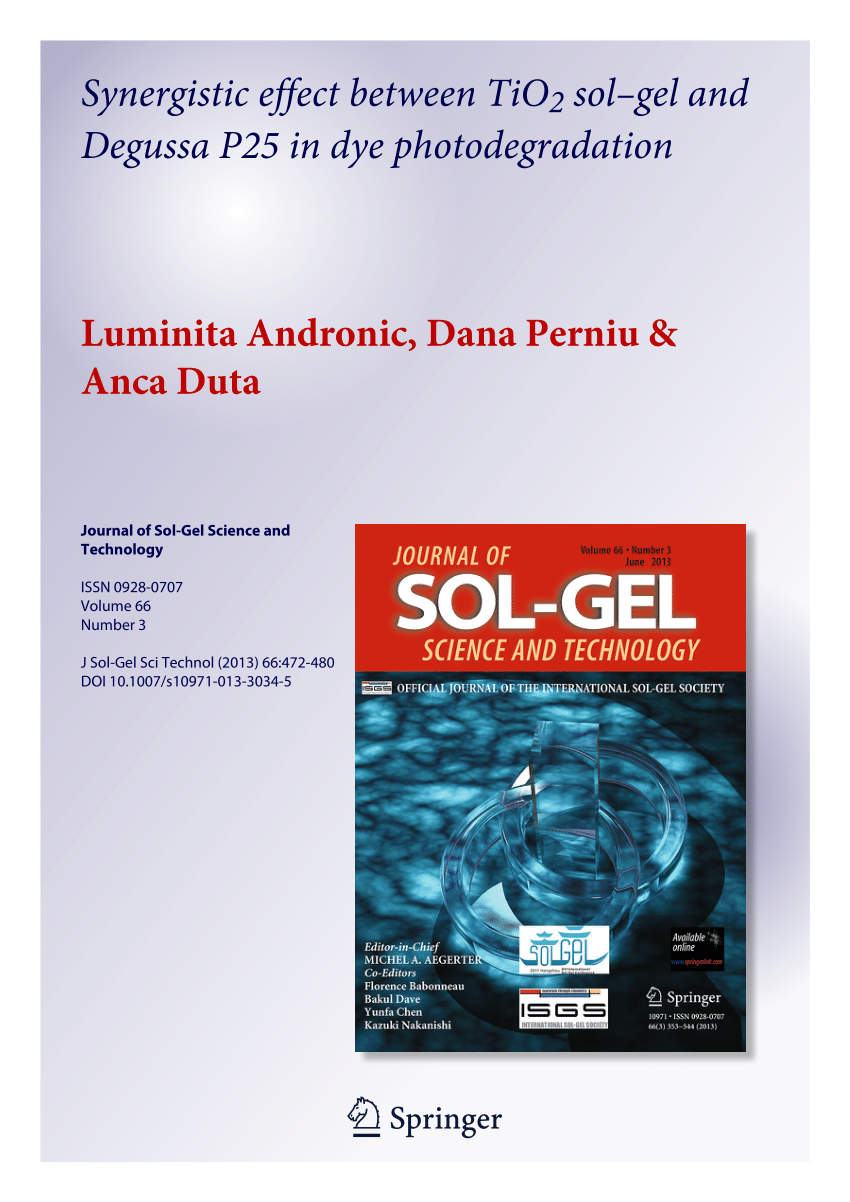Synthesis and characterization of europium doped zinc oxide nanoparticles: microstructural, optical band-gap and dielectric properties
Abstract
Using the concept of nucleation doping, rare earth metal doped zinc oxide (Eu/ZnO) nanoparticles were prepared in aqueous phase at 80 °C for a weight percent (10%) doping and characterized by X-ray diffraction, transmission electron microscopy to determine the morphology of the obtained nanoparticles, analyzed by X-ray photoelectron spectroscopy (XPS) and FT-IR spectroscopy. The energy difference (Eg) of the samples was estimated by means of the UV-visible technique by application of the Tauc equation. The study of the dynamic load of the structures studied shows that the edges of the insulators have a great influence on technical resistance. In addition, the electrical properties and relaxation phenomena are identical. Elliott was the first to introduce the “conductivity spectrum”, which he successfully explained with the “jump correlated barrier” model. These spectra of the material obtained at different temperatures are determined by Bruce’s law (double power of Jonscher). The study of the electrical conductivity in continuous mode reveals the semiconducting (SC) character of the nanoparticles. The conductivity of the SC is activated by a hopping phenomenon of small polarons at high temperature. The contribution of conductive grains and resistive boundary regions to the ZnO/Eu transport phenomena is explained by the Nyquist configuration. From this study, it can be concluded that the jump and relaxation processes are thermally activated. These results suggest that the prepared NPs could be considered as a promising candidate for different electronic applications, especially photovoltaic and supercapacitor materials.
Graphical Abstract


 求助内容:
求助内容: 应助结果提醒方式:
应助结果提醒方式:


